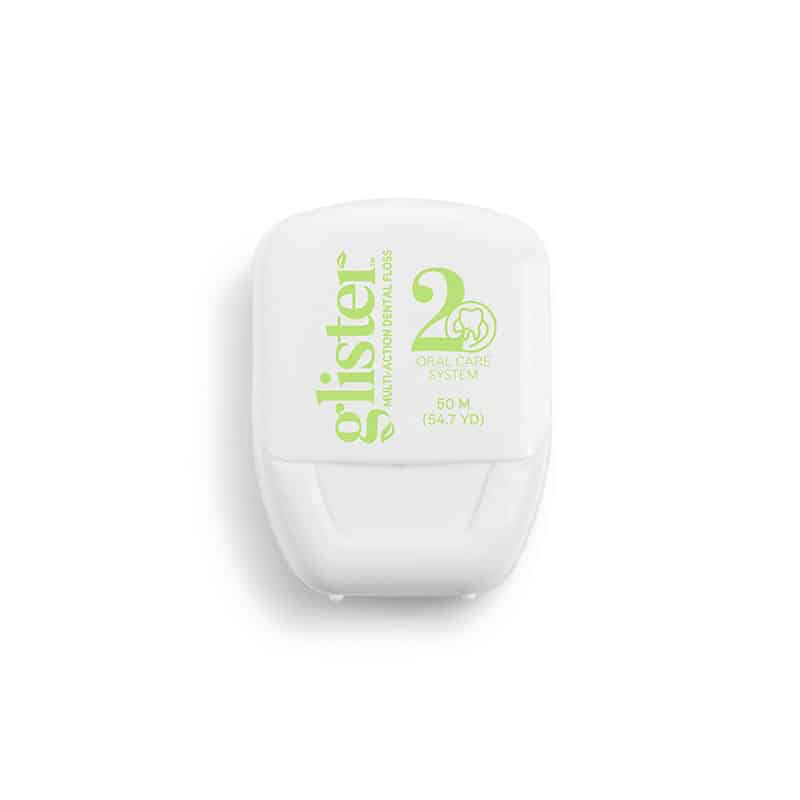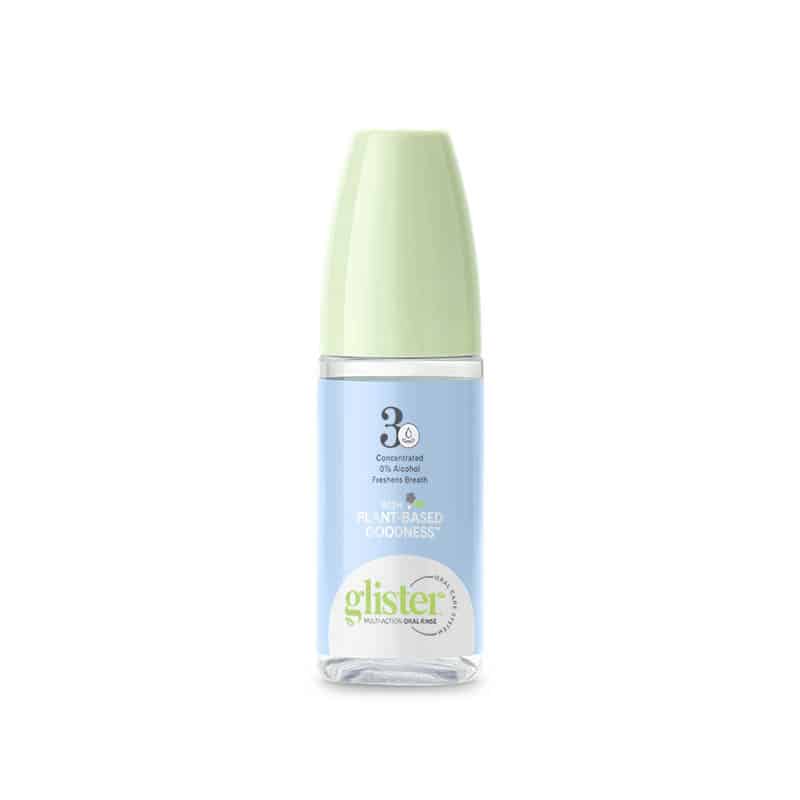How does tooth decay happen?
Tooth decay begins when teeth are not cleaned properly after eating.
In just minutes, plaque bacteria begin converting sugar and starch particles into harmful acids that attack tooth enamel. Within 24 hours, plaque can harden to form tartar, which can only be removed by a professional. Prevent tooth decay and gum problems by cleaning away plaque at the gum line each day.
What is plaque?
Plaque is a sticky film made up of certain types of bacteria naturally found in the mouth. Plaque forms on the teeth and produces acids that dissolve the tooth enamel. If it is not removed within hours, plaque hardens into tartar, which only a dentist can remove
What can I do to help prevent cavities?
There are a couple of things you can do. A nutritious diet is important, and you should limit sugary foods.
And be sure to brush at least twice a day with fluoride toothpaste and floss once a day. Brushing in the morning, at night and after every meal is recommended.
Does fluoride help prevent cavities?
Yes, it does! Fluoride is a natural mineral that helps to safely strengthen tooth enamel and prevent cavities. Fluoride is present in drinking water in many countries, and it is included in many toothpastes, gels and rinses — including Glister™ Multi-Action Toothpaste.
What is gum problem?
Gum problem is a tenderness or lack of hygiene of the gums and bone that surround and support the teeth. It is caused by the bacteria in plaque and is the major cause of tooth loss in adults.
What is gingivitis?
Gingivitis is the early stage of gum disease caused by plaque and tartar buildup at the gumline. Gingivitis causes the gums to get red and puffy. You may also notice some bleeding during brushing and flossing. The bones and ligaments holding your teeth in place are not affected. With treatment, gingivitis can be reversed.
Do I have to worry about gum problems?
While many adults suffer from gum problems, diligent oral hygiene can significantly reduce the risk.
That’s important because advanced gum problem accounts for more tooth loss than tooth decay.
There are three basic stages of gum problems:
1. Gingivitis: red, puffy gums that may bleed when brushing and flossing.
2. Receding gums: gums separate from teeth and start to recede.
3. Advanced Receding Gum Problems: gums recede further, teeth may shift or loosen, and, in extreme cases, have to be removed.
Symptoms of gum problems may include unpleasant taste in the mouth, bad breath, loose teeth, and teeth and gums that ache when eating hot, cold, or sweet food. If you experience any of these symptoms lasting for four days or more, check with your dental care provider.
How does oral health affect overall health?
Your body’s overall health is affected by the health of many different areas and systems within the body, including the heart and circulatory system, the skeleton and muscles, the skin, and of course, the mouth.
That’s why we say oral health is a key part of overall health.
In addition, research suggests that periodontal disease (gum disease) may lead to other health concerns, possibly because of links to inflammatory proteins that circulate throughout the body and may even lead to increased risk of heart attack or stroke.*
In other words, the mouth acts as a gateway with powerful links to human health.
What can I do about bad breath?
Good oral hygiene is essential to reducing bad breath. Brush thoroughly to remove plaque and food particles that can cause bacteria. Rinse between brushing with a refreshing mouthwash or freshen up anytime with a breath spray.
What causes tooth stains?
Smoking, and drinking large amounts of coffee, tea and soda can leave stains on your teeth. Watch out for diet sodas, too. Even though they contain no cavity-causing sugar, they still contain acids that can damage tooth enamel.
What is oral microbiome?
Oral microbiome encompasses your entire mouth, teeth, gums, saliva, and tongue, the microorganisms that call that home, and the food you eat and drink.
Glister™ Oral Care System Q&A
What is Glister™ Oral Care Solution?
The Glister™ Oral Care System is our holistic oral health solution for healthy teeth and gums, and a balanced oral microbiome. It consists of a set of Glister™ products that are safe, gentle and effective — even more when you use them consistently as part of the complete solution.
What are the benefits of Glister™ Oral Care Solution?
Glister™ products are the guardians of the body’s gateway. They support whole-mouth health when used together in our simple 3-Step Solution: Cleaner, whiter, stronger teeth. Healthier gums. Fresher breath.
Why Glister™ offers a 3 steps solution?
It’s an easy-to-use, easy-to-love system that combines proven-effective ingredients with fresh, minty, Plant-Based Goodness™ botanical flavors the whole family will enjoy using. With Glister™ products, oral health becomes an easy, enjoyable habit to get into and maintain – playing a key role in your overall health.






